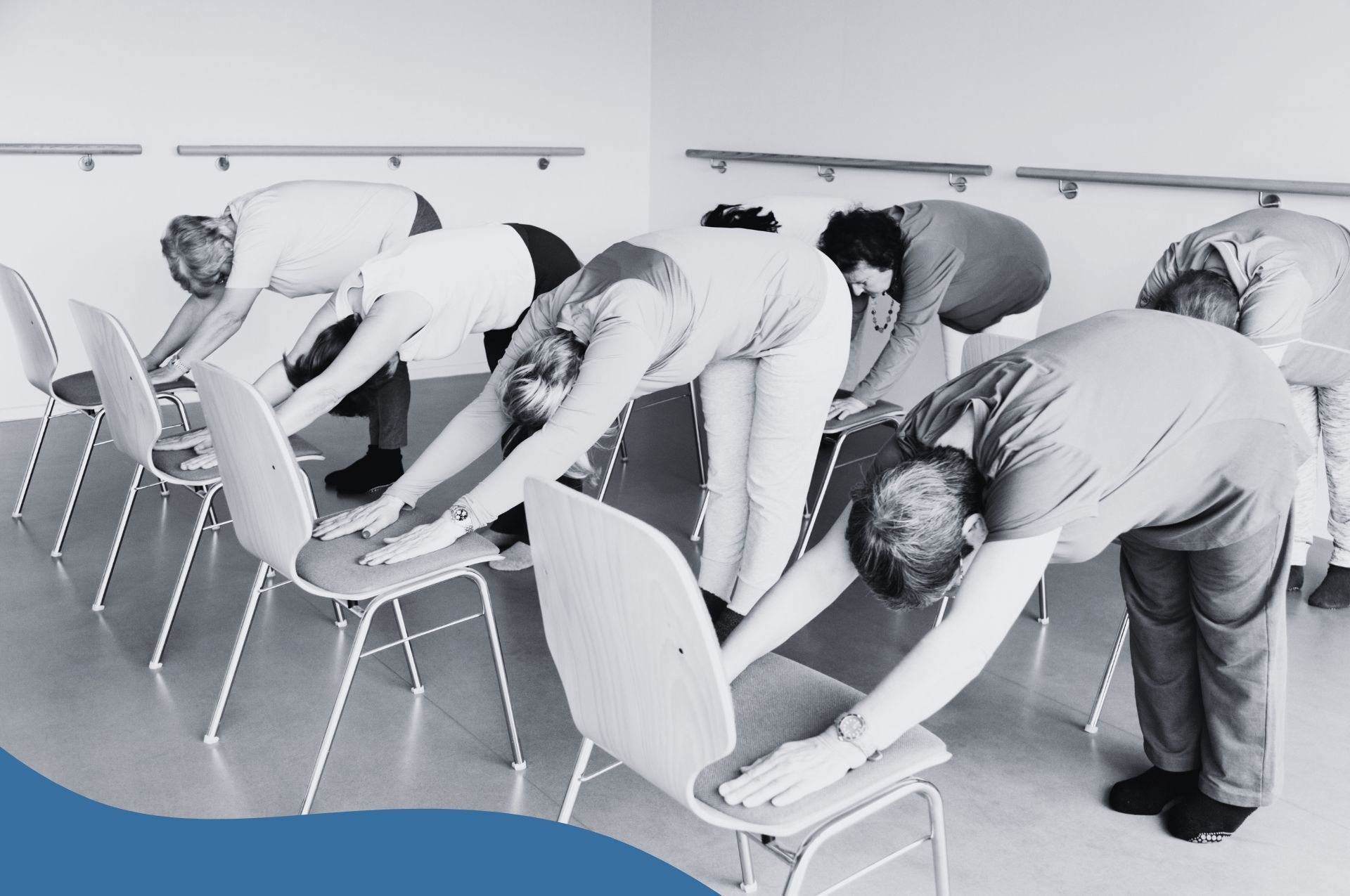Our top tips to tackle the pain of working from home
Patrick Campbell • 29 November 2020
After many months of lockdowns and advice to work from home, the backs of Britain's office workers are paying the price.
In March, virtually overnight, the majority of the UK's office-based workforce was asked to work from home. There was no time to prepare. Many people started working from home with their laptops balanced on their knees while sitting on a sofa, or sitting at the kitchen table. At first, we thought that it would be temporary. As we became used to the pandemic, businesses learned that they do not necessarily need city-centre office space. It looks unlikely that we will fully return to how things were before, and the trend of working from home is here to stay.
Aside from the many social and mental health impacts of working remotely, use of makeshift office spaces has contributed to the growing trend that we see in the clinic of people presenting with neck pain, upper back pain, shoulder pain and lower back pain associated with poor working posture. Many employers will support their employees by offering ergonomic assessment and adaptation aids to help working from home. Not everyone and such access to such luxuries.
Here a few simple tips to improve your posture while sitting at a desk at home:
1. Sort your chair out
Ideally, your chair will have some basic functionality, allowing you to alter the height of the chair, the tilt of the seat and the positioning of lumbar support. You should ensure your hips are slightly above the level of your knees, and you are sitting on top of your pelvic bones, with your spine stacked above it.
2. Separate your screen from your keyboard
With a laptop, the proximity of the screen and the keyboard mean you will either be hunching over to look at your screen, or typing at a funny angle to improve your sight of the screen. By investing in either a separate monitor or keyboard, you can position your hands appropriately, while looking straight ahead at the middle of the monitor.
3. Try different mouse types
They say that variety is the spice of life, but this is definitely the case for mice. The onset of shoulder pain can be reduced by using different style mice (traditional, joystick, touchpad, etc.) throughout the day, and switching periodically. Your body loves to move. While homeworking makes this impractical, having a choice of mouse will help.
4. Get up and move
Posture can be affected by sitting for long periods of time. Staring at a screen for extended periods can also affect your eyesight. Get up and move at least once an hour. Do some simple exercises, such as squats. Keep an eye out for our exercise series, coming soon.
5. See a professional
If you feel like you are already suffering the consequences of poor working posture, come and see one of our Osteopaths or Chiropractors at Kube Medical. We will work with you to understand your issue and goals, and develop a treatment plan to get you out of pain.
For more information about posture and desk set up at home, watch the video below, with Alex Evans, Clinical Lead Osteopath at Kube Medical.

At Kube medical, we believe high-quality physiotherapy should be accessible, comfortable, and convenient. That’s why we provide professional home-visit physiotherapy services, helping you recover in the comfort of your own home and at a time that fits your lifestyle. Whether you're recovering after surgery or trying to fit treatment around a busy schedule, our personalised approach ensures you feel supported, motivated and confident every step of the way.

As the days get shorter and the air turns crisp, many of us start dreaming about fresh powder, mountain air, and that first exhilarating run of the ski season. But before you dust off your boots, it’s worth thinking about one crucial thing: your body’s readiness. Whether you’re a seasoned skier eager to hit the slopes from day one, or an occasional skier looking to make the most of a long-awaited trip, a little “pre-hab” — preparing your body in advance — can make all the difference between an enjoyable week on the mountain and one cut short by fatigue or injury.

There’s no easy way to put it — the sudden closure of Private Midwives has left a real void, both professionally and personally, for many highly experienced tongue tie practitioners. It’s disrupted livelihoods, interrupted the continuity of care for families, and forced many to face a wave of uncertainty.








